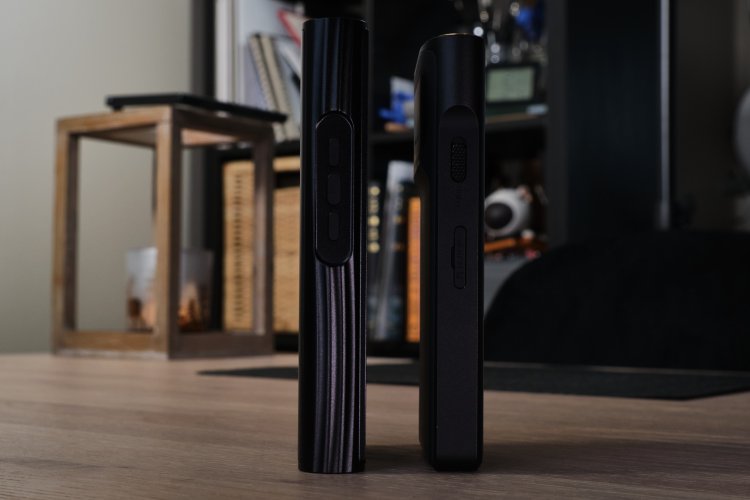I never paid much attention to these comments—I prefer trying things for myself, especially since these apps are relatively cheap compared to the cost of these DAPs. But after checking based on your feedback, Onkyo HF Player sits at 3.8/5 across 22K reviews. Here’s my quick take—your mileage may vary, but this is based on my experience.
Most of the negative reviews focus on the software design or interface, which I haven’t had any issues with on both my R8II and M8T—unless there have been recent updates. That said, I’m not here for a fancy UI; I just want a simple interface with great musicality. When it comes to sound quality, those who actually describe it tend to do so very positively.
To get the best out of Onkyo HF, some fine-tuning is needed. My M8T and R8II setups are different, and my habit of tweaking settings comes from my Cowon DAP days. Unlike Cowon DAPs, which could take months to dial in, this took me just a few minutes per day over a few days to find the optimal settings.
Customization with HF unlocked may seem weird or silly at first, but they actually work. Once dialed in, the improvements are significant. Here are just a few of my unconventional settings—not all:
- Auto Sync – Off (M8T), On (R8II)
- Volume Control – On (M8T), Off (R8II)
- Upsampling Limit – 192kHz on both
- Direct Transfer Output – 11.2MHz (R8II), Auto (M8T)
- Startup Pop-up – On (M8T), Off (R8II)
Without fine-tuning, I can see why some might find it flat or unengaging, which is likely why a few users are disappointed. But this may also explain why others end up liking it after making adjustments. A good pair of headphones or IEMs is essential, but once my settings were dialed in, I never had to adjust them across different gear.
With my preferred settings, the mids are clear, the lows are well-controlled, and the overall presentation feels natural. The sound is balanced yet rich across the frequency spectrum, with a well-defined midrange, smooth treble that avoids harshness, and tight, controlled bass. Vocals and instruments stand out distinctly, creating a sweet, warm and engaging listening experience.
This fits the design of both the M8T and R8II—improving balance, timbre, midrange tonality, wider space, and better-defined bass on the M8T compared to the stock player, while the R8II benefits from a more refined treble presentation, tonal improvement in the midrange, eliminating digital harshness, and achieving an overall smoother and more balanced sound compared to the stock player.
There’s no substitute for trying it yourself—you may or may not like it, but I happen to be in the group that enjoys it a lot.
For my M8T, I am now settled on transistor mode and low gain—I don’t even switch to tube mode anymore. The M8T is my relaxation-focused DAP, while the R8II is my more engaging and fun DAP. Both are musical and natural-sounding. I also want to mention that I have LDAC enabled for all Bluetooth connections.
- Stock Hiby/Shanling players are solid but feel like they’re missing something.
- Neutron offers more tuning options, which can be useful but sometimes makes things more complicated than needed. Overall, to me, it leans toward detail and an analytical sound rather than musical warmth.
- Poweramp doesn’t really compare since it’s not bit-perfect.
- UAPP adds more bass but doesn’t feel as refined, at least not on these two DAPs. Fun but just cant get that perfect sound.
- HF leans more into musicality compared to all the others, which is why I keep using it. It prioritizes musicality over pure detail/analytical precision sound, making it a perfect match for the M8T by enhancing its natural character.
At the end of the day, preferences are personal—just sharing what works for me.



































